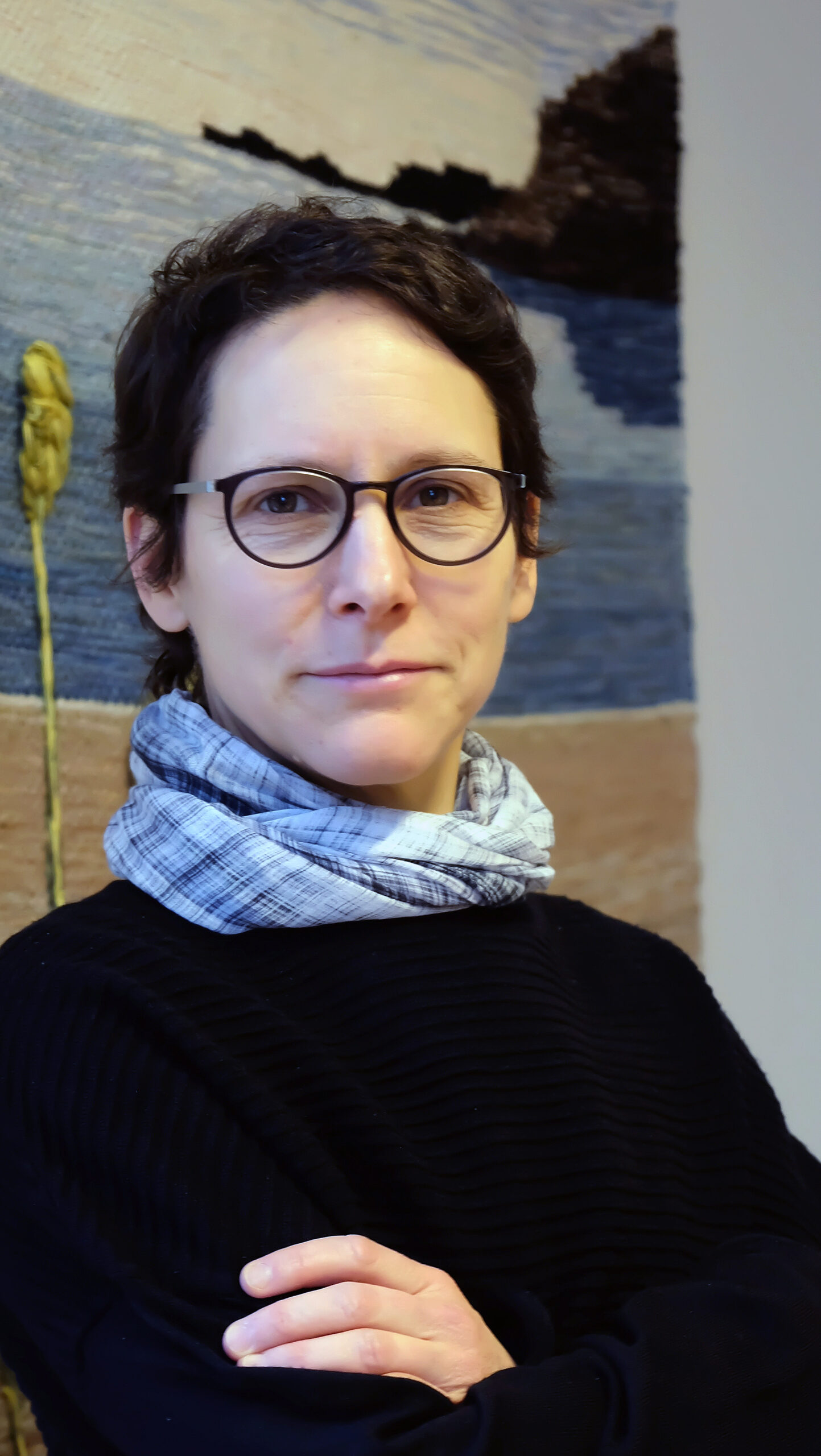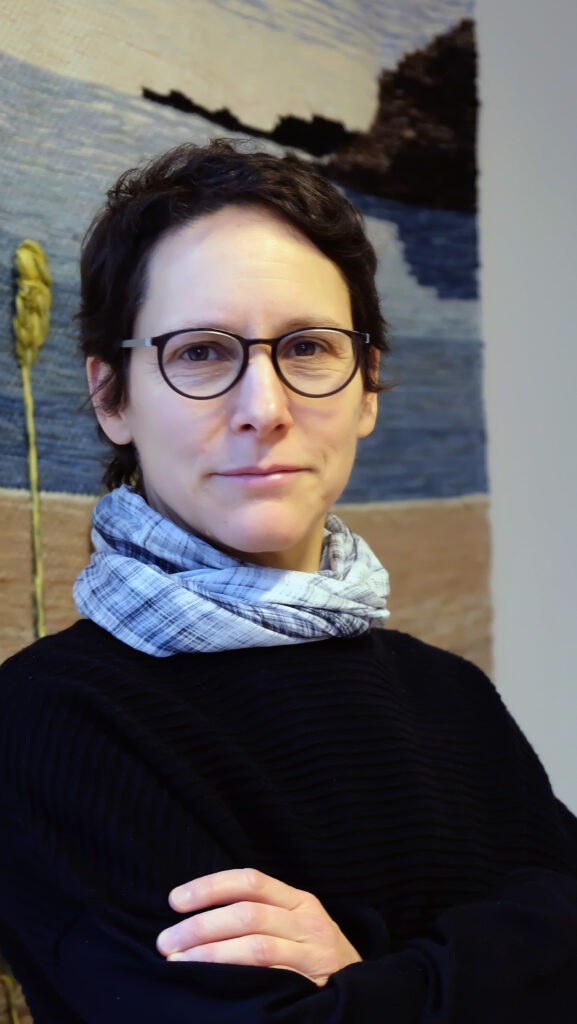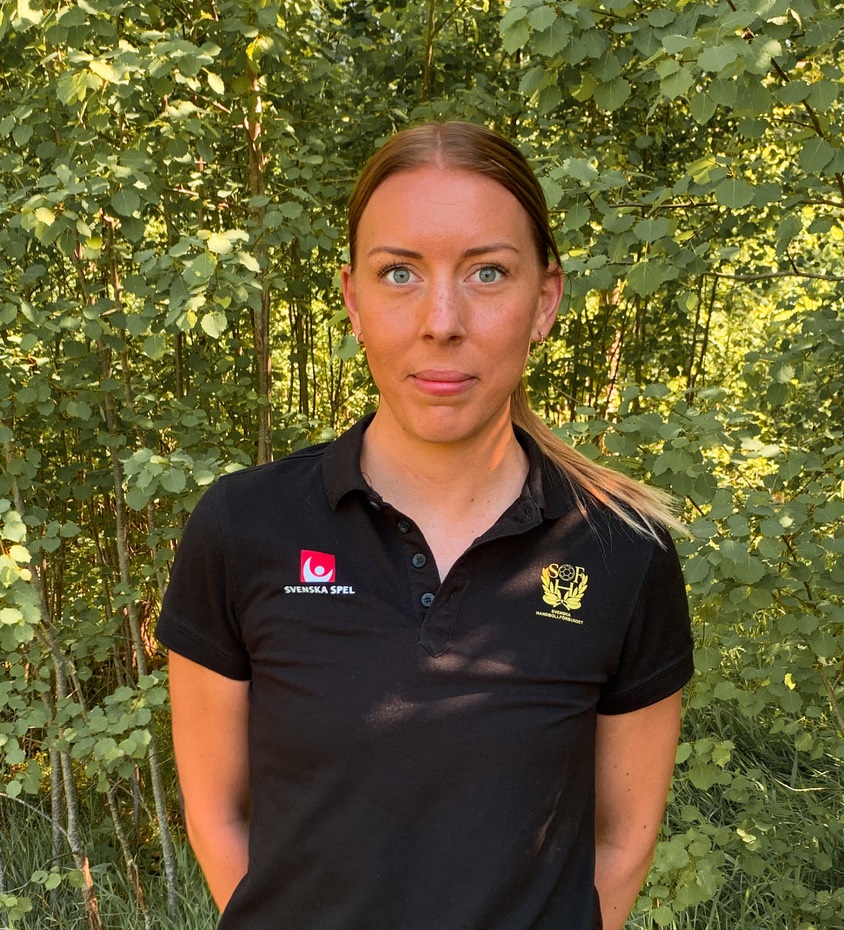Det görs intressant forskning som tangerar det idrottspsykologiska området. Bland annat bedriver Natalie Barker-Ruchti intressant forskning kring hållbarhetsaspekter inom idrotten. Rasmus Wallin-Tornberg tog därför en pratstund med henne om detta.
Skribent: Rasmus Wallin-Tornberg
Vad innebär ditt forskningsområde?
My research area is the sociology and pedagogy of sport. I am particularly interested in topics relating to coaches, coaching, athletes and athlete learning. I have, for instance, researched female coaches’ career development; sustainable and abusive (i.e., unsustainable) coaching practices; athletes’ training realities, especially in unsustainable sporting contexts and abusive (unethical) coach-athlete relationships; and the effects these realities have on athletes’ health, wellbeing and ‘becoming’. The idea of becoming is a concept taken from a socio-cultural learning theory, which Hodkinson, Biesta and James developed in the 2000s. The concept integrates social, contextualised, relational, embodied and cognitive dimensions of learning. With the integrated understanding, I aim to demonstrate and explain how biographical, socio-cultural, individual and chance factors shape athletes’ becoming (Barker-Ruchti, Barker, Rynne, & Lee, 2016).
[ihc-hide-content ihc_mb_type=”show” ihc_mb_who=”3,5,6,12,13,14,15,16″ ihc_mb_template=”1″ ] Consider, for instance, how a Paris St. Germain soccer player from Brazil, a Bulgarian rhythmic gymnast, and an Australian weightlifter differ in how they see themselves and behave. The three athletes’ starkly different national contexts, upbringings, sport-specific training demands, coaching traditions, career pathways they have taken, and possible unexpected events (e.g., injuries; (de-)selection) will have shaped their sense of who they are, how they can act, and what they can do and learn. I regard the understanding of the idiosyncratic and ever-changing nature of becoming important in my pursuit to influence sport policies, best practice guidelines (i.e., coaching practices; strategies to support athletes), and coach education materials.
Med temat ”När livet kommer emellan – Idrottares utmaningar i livet vid sidan av idrotten” i åtanke; har man studerat detta ur ett hållbarthetsperspektiv? Vad är de viktigaste fynden?
The sustainability perspective I have been working with is ‘education for sustainable development’ (ESD) (Jickling & Wals, 2008; Peters & Wals, 2013; Wals & Jickling, 2002). This perspective proposes, among others, that uncertainty and unpredictability shape our contemporary lives, and that to handle these, educational institutions must teach resilience (critical thinking, systematic problem-solving, implementation of life skills, interaction with others, self-efficacy, self-esteem).
With my view to influencing the development of sustainable (elite) sport, ESD places focus the complex and serendipitous realities of life. Certainly, sport is risky, and the development of success in sport is uncertain and shaped by multiple unpredictable events and phases, both in- and outside of sport. To name some examples: An athlete may sustain growth problems during her childhood/teenage years, which prevents her from training properly, which reduces her chances for playing time and selection. An athlete’s family may need to move because one of the parents loses a job or dies. An athlete may be lucky to have an exceptional coach, but what if this coach decides to move on? An athlete may suddenly come to question his sporting commitment because other interests emerge (e.g., friends, education, another sport), which compromises his training.
There are infinite reasons for how life can get in the way of an athlete’s training or development – biographical events and phases (e.g., end of school; maturation; marriage); socio-cultural ideals, demands, and expectations (e.g., gender ideals; importance of education; status of a sport); individual dispositions, preferences and reflections; and chance factors. Together, these factors create a complex setting that is continuously changing and influencing athletes, athletic development, and career prospects.

Namn: Natalie Barker-Ruchti
Akademisk grad: Docent
Jobb: Universitetslektor, Institutionen för kost- och idrottsvetenskap, Göteborgs Universitet
Bakgrund: Kommer från Schweiz, men har bott och studerat i Nya Zealand och Australien 10 år.
Utbildning: Bachelor, MA, PhD – Sports Science
Familj: gift och två barn. Dottern 14 år och sonen 10 år.
The becoming learning conception I outline above captures multi-level factors and in so doing, theories how athletes develop a sense of who they are, what they can do, and learning. In my predominantly case study research, I have examined a number of athletes’ becoming: There is the gymnast that had to move away from home to her country’s national training facility in order to be eligible to qualify for major international competitions, which changed this athlete’s ‘go-getter’ disposition to ‘I do this for one year and to qualify, but I will retire afterwards’ (Barker-Ruchti & Schubring, 2016). There is the judoka, who after a surprise loss at an Olympic Games, needed to learn that the process of training is going to keep him in the sport for another Olympic cycle and the possibility of not qualifying or doing well at the next OG (Barker, Barker-Ruchti, Rynne, & Lee, 2014). There are the softball player and kayaker, who after years of being told what to do, taking a break and playing low-level hockey (softballer) and de-selection from the national team despite achieved results (kayaker), changed to self-determine the ways they wanted to train and compete (Barker-Ruchti, Rynne, Lee, & Barker, 2014). And there are the seven Swedish female national football players, who experience a number of expected and unexpected ‘turning points’ during their youth years, which influence them in their becoming elite football players, and disregard education (Andersson & Barker-Ruchti, 2018).
Athletes’ becoming in sport, regardless of how positive or negative, will influence their lives after sport. This is because their becoming is embodied and athletes cannot leave behind, or opt out, the selves they have developed in sport. The gymnast who lost her positive go-getter attitude, will be like this after sport or at least until she has adjusted (i.e., become) to the outside of sport. For many athletes, regardless of success or failure, this becoming upon retiring from sport is difficult and requires energy and support. The gymnast went through a two-year mental illness phase; the judoka continued training and medaled at the following OG, but upon retiring, he had to adjust his expectations of self and others to those relevant in non-elite-sport contexts; the softball player, despite much success and the gained self-determination, lost her feet after retiring and experienced depression; the Swedish footballers will undoubtedly need to continue to ‘become’ once they must find employment outside of professional football.
Kan du ge några tips till exempelvis tränare, idrottare och föräldrar för hur man kan arbeta, utifrån ett hållbarhetsperspektiv, för att idrottare ska få ihop livet och idrotten?
Sport is risky and unpredictable. Much about an athletic career is uncertain. The sustainability perspective tells us that rather than to try to eliminate these risks, by, for instance, limiting an athlete to a highly regulated and exclusive athletic life, it is necessary to prepare for difficult experiences. So, rather than to react negatively because complications occur, I would recommend for athletes, parents, coaches, and others to perceive these as (a) natural/normal events and (b) to employ them to develop resilience. For athletes to achieve the latter, my research shows that support, patience and engaged reflections have desired becoming effects (Barker-Ruchti, Kerr, Schubring, Cervin, & Nunomura, 2017).
[/ihc-hide-content]



